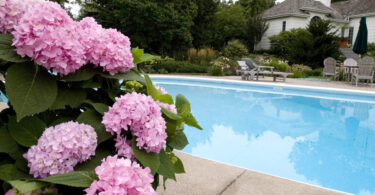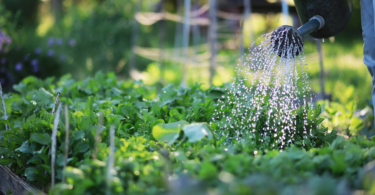 Various people from all walks of life have their own vegetable gardens. And they have several reasons for doing so. Some do it because it’s more economical. They know that buying vegetables usually costs more than harvesting and cultivating their own. Others do it because it’s a great hobby that helps them connect with nature while getting active. Regardless of their reasons, growing a vegetable garden can be an extremely rewarding activity. If you also have dreams of walking into your backyard for fresh, tasty and nutritious produce then read our top tips to getting started:
Various people from all walks of life have their own vegetable gardens. And they have several reasons for doing so. Some do it because it’s more economical. They know that buying vegetables usually costs more than harvesting and cultivating their own. Others do it because it’s a great hobby that helps them connect with nature while getting active. Regardless of their reasons, growing a vegetable garden can be an extremely rewarding activity. If you also have dreams of walking into your backyard for fresh, tasty and nutritious produce then read our top tips to getting started:
Plan
Planning is the secret to a successful vegetable garden. By planning and preparing properly, you will have a great chance of producing hearty and healthy vegetables. First think about what you want to grow, how much space you have and need and how much time you can devote to your garden. This will help you get your priorities. For instance, people with limited space might choose to start a container garden instead.
Do some research
It’s important to read up on vegetable gardening and growing the vegetables you wish to plant. There are many great websites, books and magazines on vegetable gardening. If you don’t have time, you can pick up pamphlets on vegetable gardening and talk to workers at your local nursery.
Invest in good tools
It pays to buy quality tools. If gardening is going to be your new hobby or source of food, you will need tools that will last for many seasons and will be easy to use. It’s easier to give up when your tools are giving you problems and making it more work than it needs to be.
Consider the elements
Water and sunlight are essential for growing any plants. When it comes to vegetables, most require full sunlight for optimum growth. Full sunlight refers to approximately 8 hours of direct sunlight so you need to choose a location that will provide this. It’s also important to consider how much water your vegetables will need and ensure that there is an accessible water source in your yard.
Prepare the soil
A deep, organically rich soil absorbs more nutrients and water, which encourages the growth of healthy, tasty and hearty vegetables. That’s why you need to determine your soils pH level and develop the right soil texture for what you’re planting. A great way to do so is by buying a soil test kit that will determine whether your soil is acidic or alkaline. Once you’ve analyzed the soil to determine its condition, you’ll need to cultivate it by turning it with a shovel, add some fertilizer into the soil, add topsoil and then allow the cultivated soil to sit for a couple of days before planting. Again, you need to do research before you start digging and mixing the soil.
Start small
Any season gardener will tell you that in order to enjoy your garden you need to be able to control it. That’s why it’s best to start small when planning your garden. If you’re too ambitious you’ll end up starting big and then getting overwhelmed. The best way to determine the size of your garden is by drawing up a list of each vegetables you would like to grow. Then, find out how much space you’ll need for each vegetable and then draw a rough sketch of the layout to help you visualise your garden. Depending on your garden, your vegetables might be planted in a row, in raised beds or multiple locations around your yard. Determine what is manageable for your space and your time before you start planting.













Leave a Comment